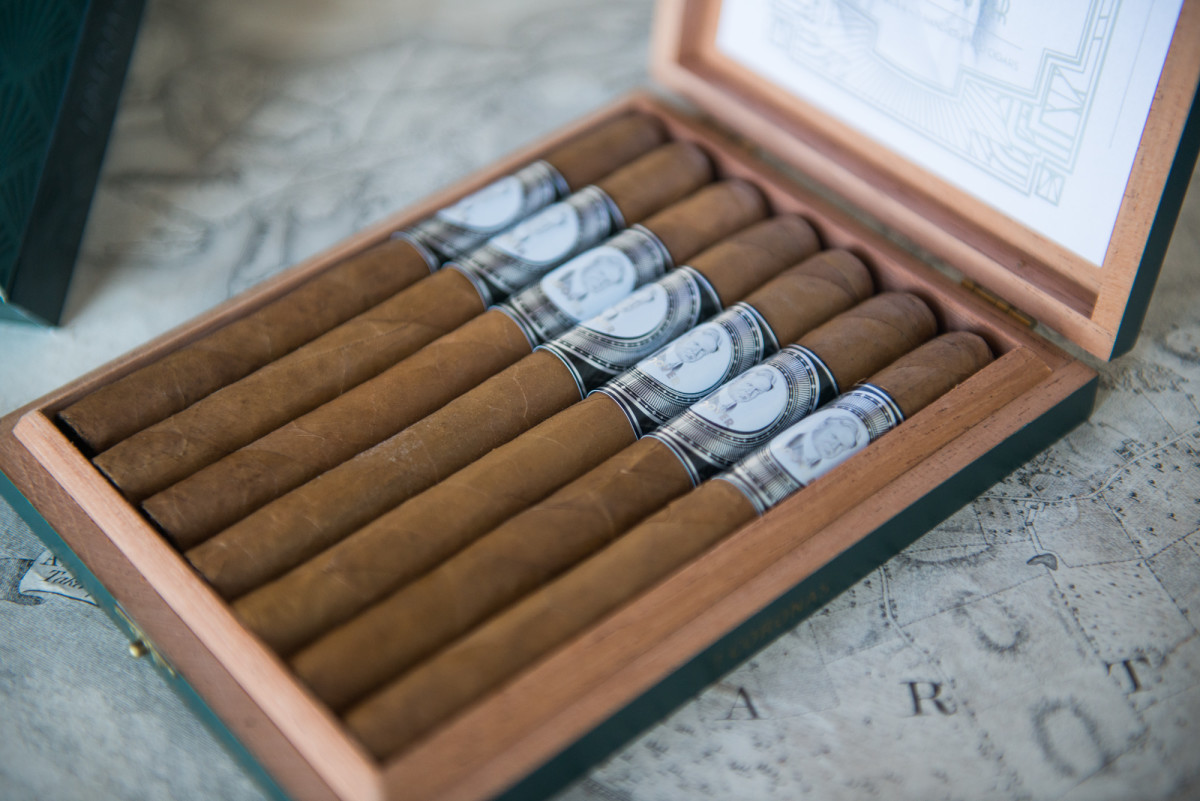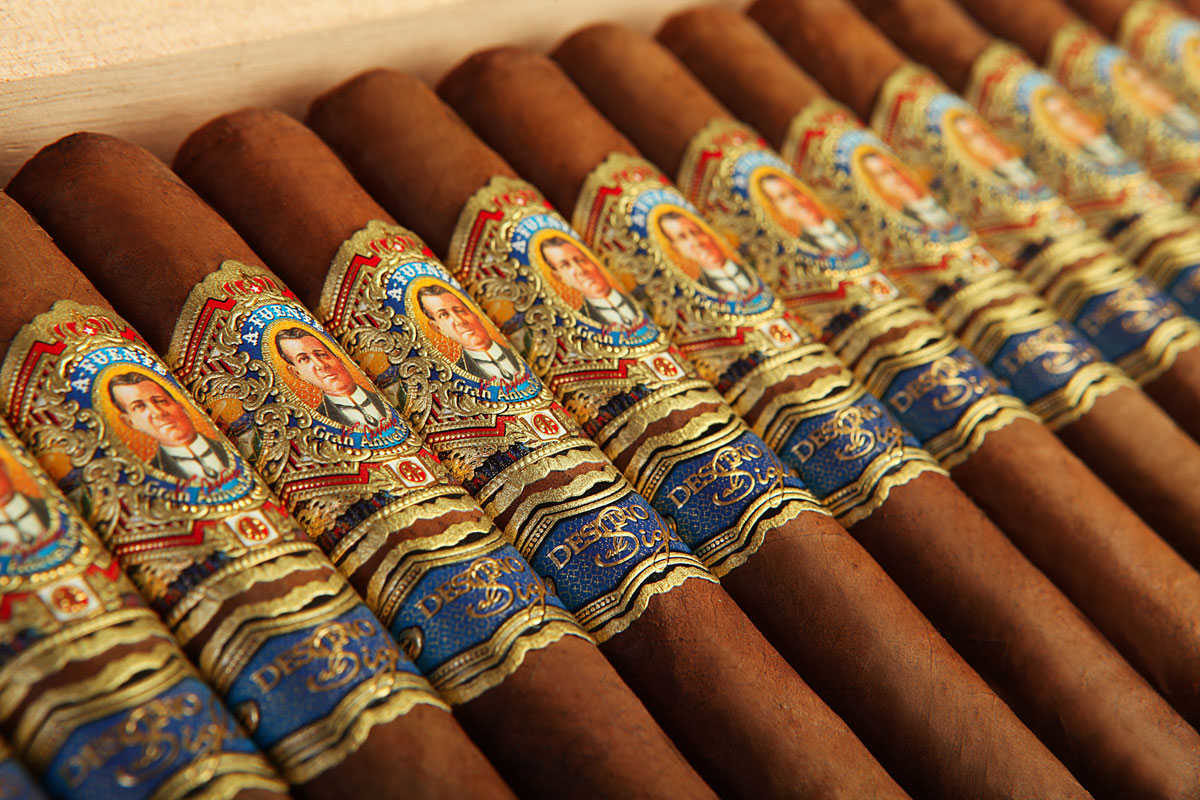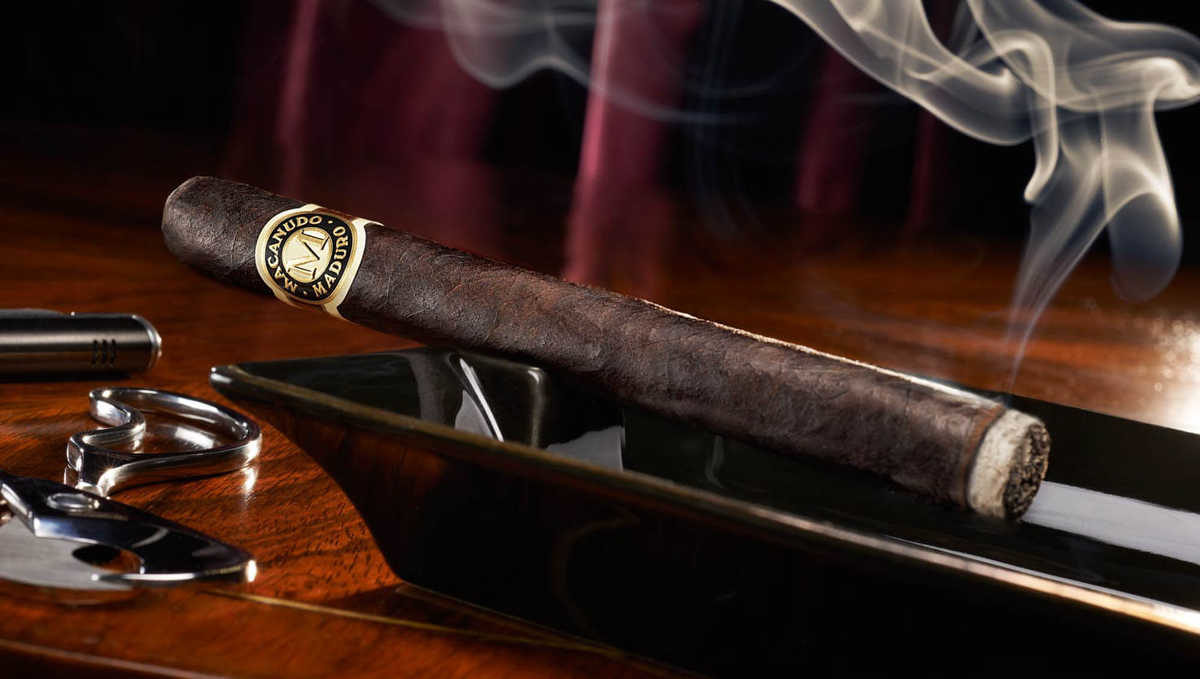The first cigar store figure reported in London. These symbols became necessary to inform a largely illiterate population that tobacco was available for purchase at their tavern, wine and ale house, apothecary, grocery, chandlery or tobacconist shop.
1610
William Strachey, the first secretary of Jamestown, describes two types of wild tobacco, varying in height from roughly two to eight feet. Planting of higher quality seed from the Caribbean tobacum seed begins as soon as seed can be smuggled or otherwise obtained.
1609
Explorers Hudson and Champlain discover NY state Iroquois growing tobacco in the Chemung Valley (near today’s Elmira).
1607
Londoners spend £320,000 a year on tobacco. £120,000 of which still ends up in the hands of the Spanish. The Portuguese and Dutch also cash in on England’s addiction. The English need more colonies in the new world so they too can grow tobacco for the mother country.
1606
Spanish King decrees tobacco may be grown only in specific colonies, including Cuba, Puerto Rico, Santo Domingo and Venezuela. Direct sale of tobacco to foreigners is punishable by death.
1600
England is so enamored of tobacco that the highest quality Spanish tobacco sells for $125 a pound in today’s dollars.
1588
Thomas Hariot, a servant to Sir Walter Raleigh in his “Brief and True Report of the New Found Land of Virginia” referring to the tobacco growing wild writes that “There is an herb called uppowoc, which sows itself.”
1560
Jean Nicot, French ambassador to Portugal was so profligate in spreading the new word leaf that its pre-imminent chemical component – nicotine – is named for him.
1492
October 29th – Columbus sails into the calm waters of Bahia de Gibara, Cuba (what he then called Hispaniola). He sends two Spaniards onto the island where they meet Taino “Indians” who are smoking huge “cigars” – tobacco leaves wrapped in corn husks.
1491
& before Two strains of tobacco, Rustica and Tabacum are native to North and South America. The former in North America and the latter in South America and the Caribbean. Most every culture cultivated it, even those who farmed nothing else.





